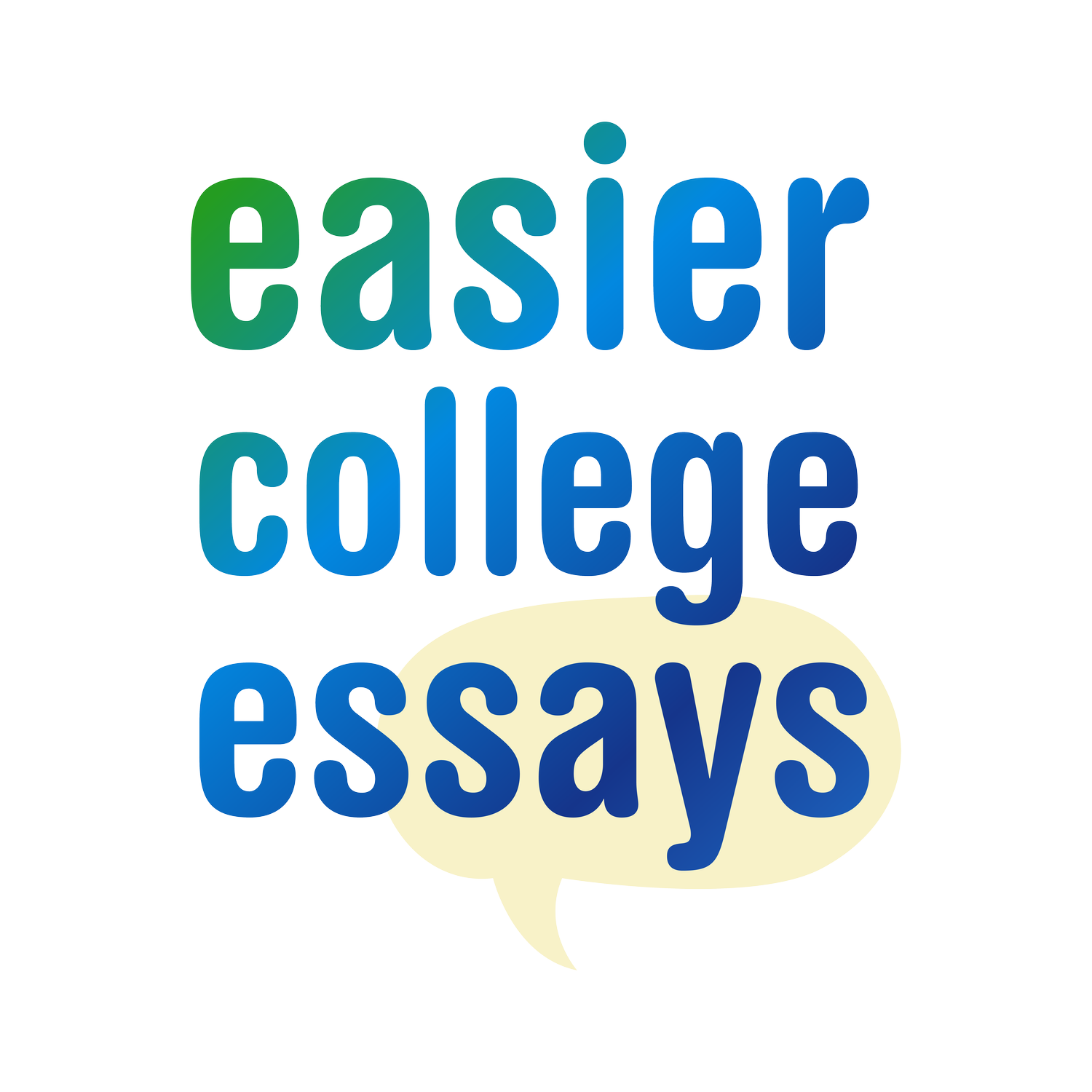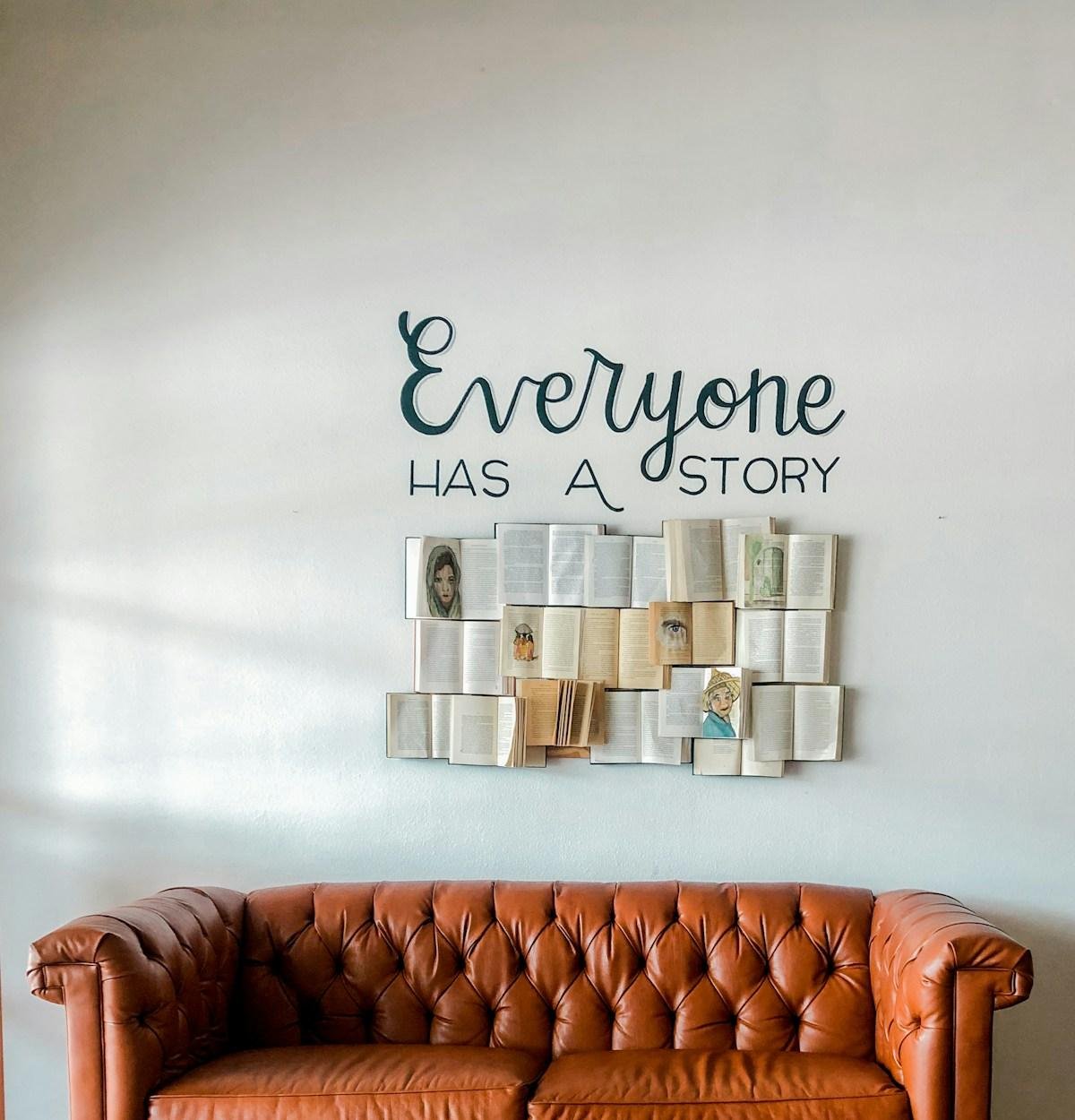How to find the essay sweet spot between "real" and...too real
When your senior finally lands on their college essay topic it feels like striking gold…
… but what if… not every story is meant for the college essay stage….?
This year, I worked with two wonderful students—Calista (who also happens to be my daughter) and Anna (name changed for privacy). They both came to me with what they thought was their “deepest story.” And they were deep... just not the right kind of deep.
I’m talking “therapist’s-couch-deep” topics and they needed an outsider’s perspective to reorient the core ideas to make a real connection with college admissions officers.
The College Essay
Balancing Act
Think of the “know, like, and trust” rule. We all prefer working with people we know, like, and trust.
College admission officers? Same deal.
They want to feel they know you, like you, and trust that you’ll be a positive addition to campus based on what's shared in the essay. They’re looking for the “Wow, this student for us!” vibe, not “Um, that sounds… heavy.”
Calista’s Story:
Turning Introversion Into A Superpower
Cali’s essay was all about her quiet, observant nature—she’s a total introvert. Her first draft? It narrowed in so much on how she keeps to herself that it read like she’d sit silently in the back of the classroom for four years. Colleges want students who’ll add something positive to campus life. They’re not looking for black holes!
We reworked her essay to show how her introversion makes her a deep thinker, someone who's quiet contributions are super valuable. When she speaks, people listen.
That’s the kind of introvert colleges love.
Anna’s Story:
ADHD and Owning Her Unique Perspective
Anna’s topic focused on her recent ADHD diagnosis and the struggles that came with it. She was so focused on the challenges that her story tilted a bit too much toward the struggle. I recognized Anna needed to see that her ADHD isn’t just her kryptonite; it’s also an amazing gift in disguise.
After all, I happen to know an uncanny number of top-tier CEO's have ADHD and consider it the #1 reason for their success. But Anna was back in the “this is a big deal and something for me to overcome” perspective.
By asking Anna questions about the benefits of how she processes and moves through the world, she was able to weave into her story how her ADHD lets her think outside the box, stay creative, and bring amazing energy to her friendships.
We talked about times when “too much energy” or “thinking outside the norm” actually helped her friends or got her through tough situations. Anna was used to hearing “you’re too much” from adults, and I was able to remind her that she’s perfect… as she is.
My perspective and insights helped her reframe her essay to show how her ADHD isn’t some kind of problem; it’s an essential part of what makes her so creative—and that’s something any college would be lucky to have.
The “Shadow Side” vs.
the “Bright Side”
Many students are in this constant cycle of growth, so they don’t always see how amazing they already are! They focus on their “shadow side”—the things they think hold them back—and forget to highlight their strengths. Sometimes they just need someone to help them bring out the bright side, the part of their story that makes them shine.
My role is to help students see what parts of their story are most valuable to share and which parts might need a little lightning up. It’s about balance; showing enough vulnerability to be relatable AND enough positivity to leave admissions readers feeling, “Yes, we want this student here!”
When Is Sharing Too Much?
A quick test I give my students: if a story feels more like a “deep dive” than a “let’s get to know you” chat,
it might be oversharing.
Vulnerability is awesome, but it should leave the reader feeling hopeful, not heavy.
A Fresh Pair of Eyes =
A Stronger Essay
Students are so close to their own stories that they sometimes can’t see the full picture. That’s why an outside perspective can work wonders. Often, it’s just a matter of gently redirecting a student’s story to focus more on strengths than setbacks, and more on their growth than their obstacles.
If your senior is stuck in the “deep end” of their essay, you can help them find the balance between sharing honestly and authentically impressing the reader.
Read one of their drafts and follow the “know, like, and trust” compass. Does it make you, the reader, feel like you know, like, and trust them as a future campus star?
If not, can you act like their “essay mirror”, reflecting their strengths back to them so they can shift the perspective in a way that feels real and relatable?
Try this powerful technique and let me know if you found traces of oversharing that needed reframing. What were they? How did you recalibrate them?
👋 Hi, if we haven't met yet, I'm Christy. I help students craft standout essays so they can submit their best possible applications with confidence.
Wanna chat? www.calendly.com/easiercollegeessays/30min
The AI Guide for Parents & Students Who Want to Create a College List at Rocket Speed 🚀




